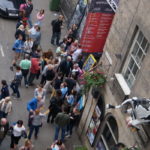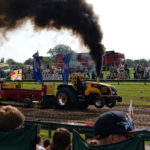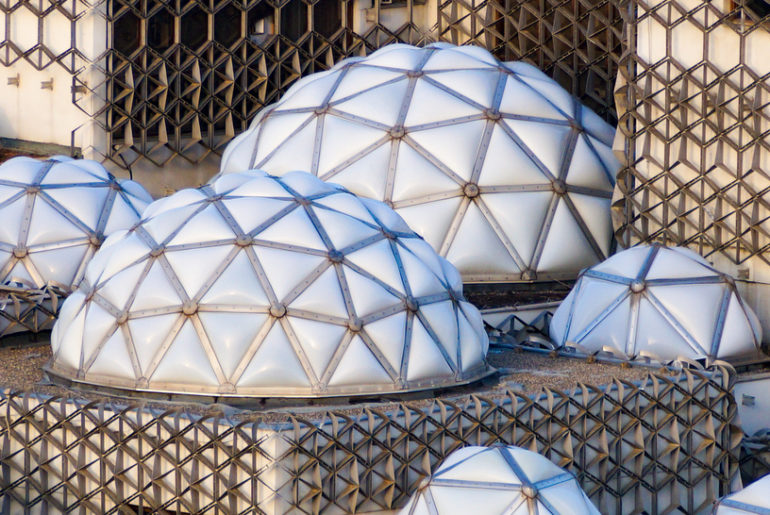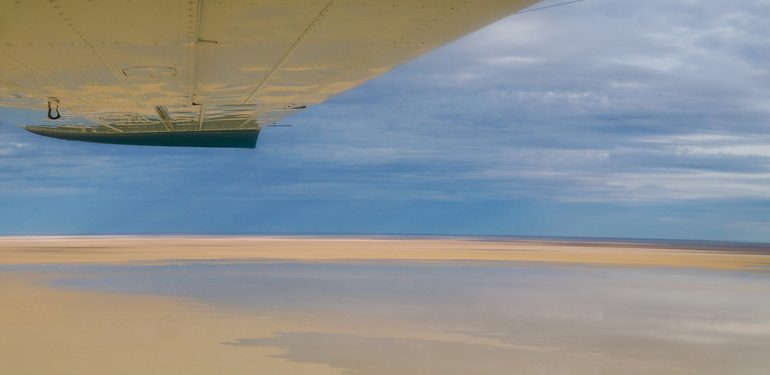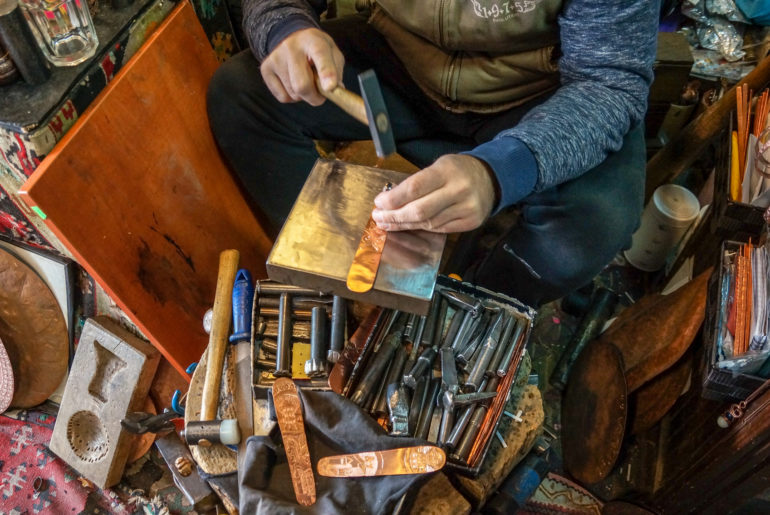Last August, as I prepared to celebrate the temporary end of my carefree days of travel and unemployment with a trip the Edinburgh Fringe Festival, I was kidnapped.
As far as kidnappings go, it was fairly peaceful. My friends Amy and David surprised me with a trip to Scotland’s National Book town, Wigtown. Last weekend I got kidnapped again. This time I had some warning and even a destination: The Scottish Highlands. That’s how I ended up spending the weekend camping on the banks of Loch Ness.
Loch Ness – Home of Scotland’s most famous monster
The legend of the Loch Ness monster goes back to 1933 when a local newspaper published a story about a tourist who reported seeing a giant creature cross the road and head to the loch. But reported sightings of “something” in the loch and River Ness go back to the 6th century and are as recent as 2011. This mystery is what Loch Ness is most famous for and what attracts so many tourists to the area, but it is actually an incredible place on its own. The loch holds more water than every other lake in Scotland, England and Wales combined. It’s a very narrow loch, stretching 37km into the River Ness at Inverness. It’s not the biggest loch in Scotland – that title belongs to Loch Lomond – but Loch Ness gets as deep as 230m so there is plenty of space for a monster to hide.
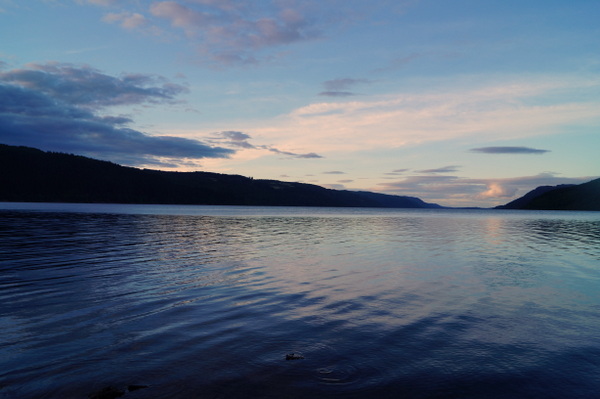
The Scottish Highlands is a big place. Historically, Scotland was divided in two: the Highlands and the Lowlands. Although I’ve rarely heard the latter term used. The Highlands is effectively half of Scotland, which makes Loch Ness a very small part of that.
We camped at Lower Foyers, which is half way down the west side of the loch, about a 30-minute drive from Inverness. After setting up the tent we walked down to the shore and along part of the loch. I’ve never seen pictures of Loch Ness, other than that image of the long-necked Dinosaur like creature poking out of the water, but it is exactly as I’d imagined: dark, misty and surrounded by hills. Exactly the type of place a mythical monster would lurk.
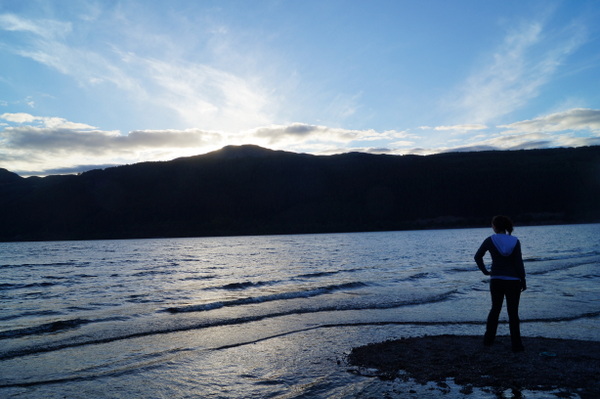
Exploring (a small part of) the Highlands
We spent a day visiting Inverness and driving around the loch. Inverness is the largest city in this part of Scotland and in some parts it’s very pretty. There are some beautiful old houses along the river, most of which are B&Bs and there are lots of churches. But in other (most) areas it looks rather scummy. Even the Victorian Market, which sounds like it should be lovely, is just a bunch of pokey shops, the best of which is a bakery called DK @ LB, which makes the most delicious cupcakes!
The highlight of Inverness was Leakey’s Bookstore. The bookstore is in an old church built for Gaelic speakers in 1649. It’s been rebuilt several times since, but still has lovely high ceilings and stained glass windows. Inside it’s everything a second-hand bookstore should be: big, beautiful, books piled everywhere and the potential to find anything.

The roads along the western side of the loch are windy. Actually, that’s true of all of the roads around here. Aside from the loch and Nessie, there are several attractions in the area, including Urquhart Castle. Britain has some really gorgeous castles. Many are still lived in, but Urquhart Castle is only ruins. My great-grandmother was an Urquhart, but even that connection wasn’t enough to make me pay the £7.90 entrance fee to see the castle up close.
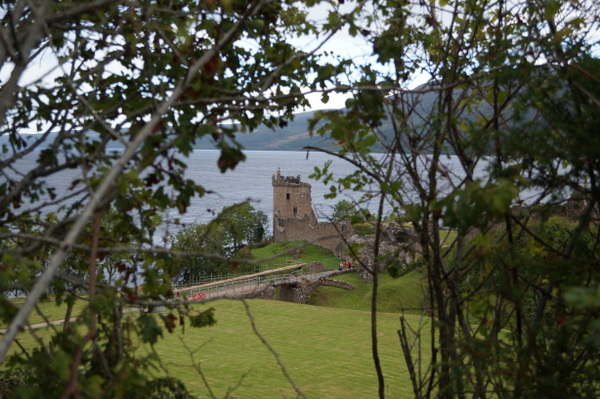
At the south end of Loch Ness sits Fort Augustus. It’s here the Caledonian Canal feeds into the loch, reaching the open water after falling down a staircase of five locks. The canal is 97km, running from Inverness to Fort William. It passes through several lochs, including Loch Ness. A sign on the shore at Fort Augustus warns canoeists and kayakers the loch can be as dangerous as open ocean.
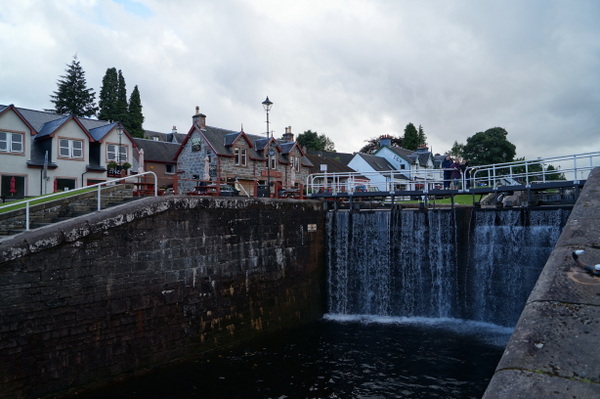
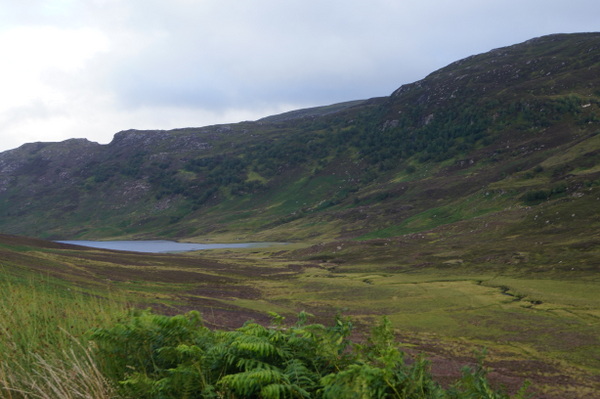
Beyond Fort Augustus the landscape turns into the type of scenery shown in Skyfall that made everyone in the audience start dreaming of the Scottish Highlands. Even in summer the mountains are a rich green, with some colourful patches of wildflowers and streams fed by the lochs scattered about. Nearly every passing place on the road became a photo stop as we drove back to Foyers.
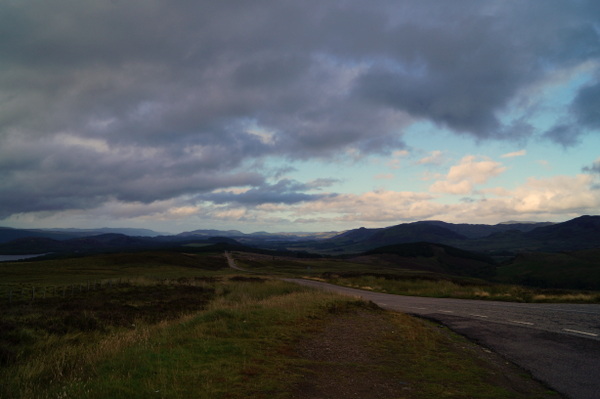
On the way back to Gretna we rode the Strathspey Steam Railway from Broomhill station to Aviemore. It’s a 10-mile trip each way and takes about 45 minutes. The railway doesn’t travel through the mountains and the view isn’t as impressive as from the Jacobite steam train from Fort William, but it is a lovely way to take in the surroundings. Aviemore is a very touristy town. In winter it’s a popular ski area (yep, people bother to ski in Scotland). The train carriages are old and the conductors dress up in top hats, but it’s pretty cheap (£13) and I do so love a good train.

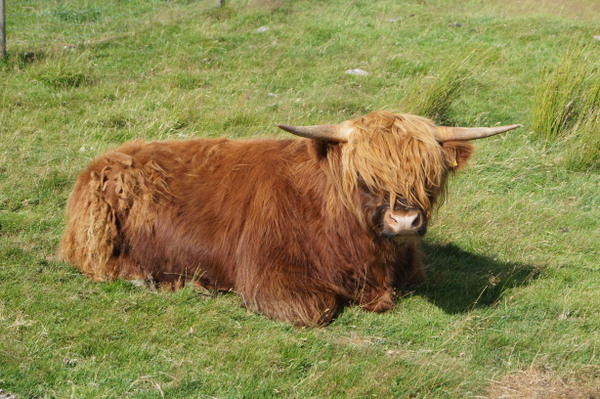
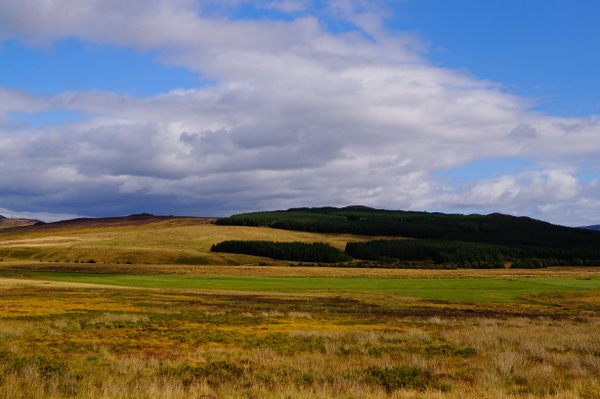
See for yourself
We camped at the Loch Ness Shores Club Site, which opened this summer. We had great views of Loch Ness and it was about a 30-metre walk from the reception building to the water’s edge. It is a brilliant camp site with great facilities, including hairdryers in the women’s toilet block. Such a luxury when camping! There’s also wifi available for a fee and a laundry. We had a tent, but there are small, very basic cabins available. The village of Foyers is within walking distance and there’s a shop and café there, and also a pub nearby, but I’d recommend stocking up at Inverness on your way through.
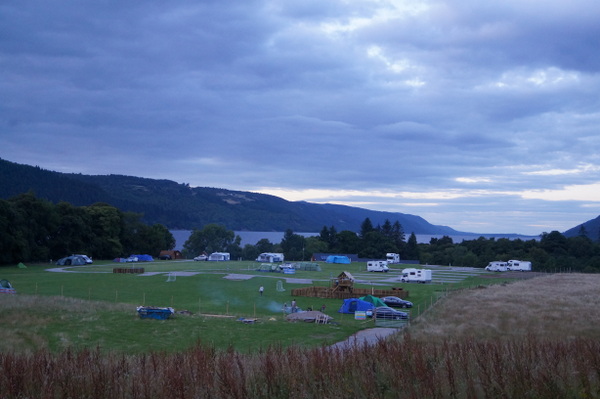
Exploring the Highlands is difficult without a car, but buses do run in the area, including to Foyers. The nearest train station is at Inverness. There are also many companies that run day tours to Loch Ness and cruises on the Loch.

